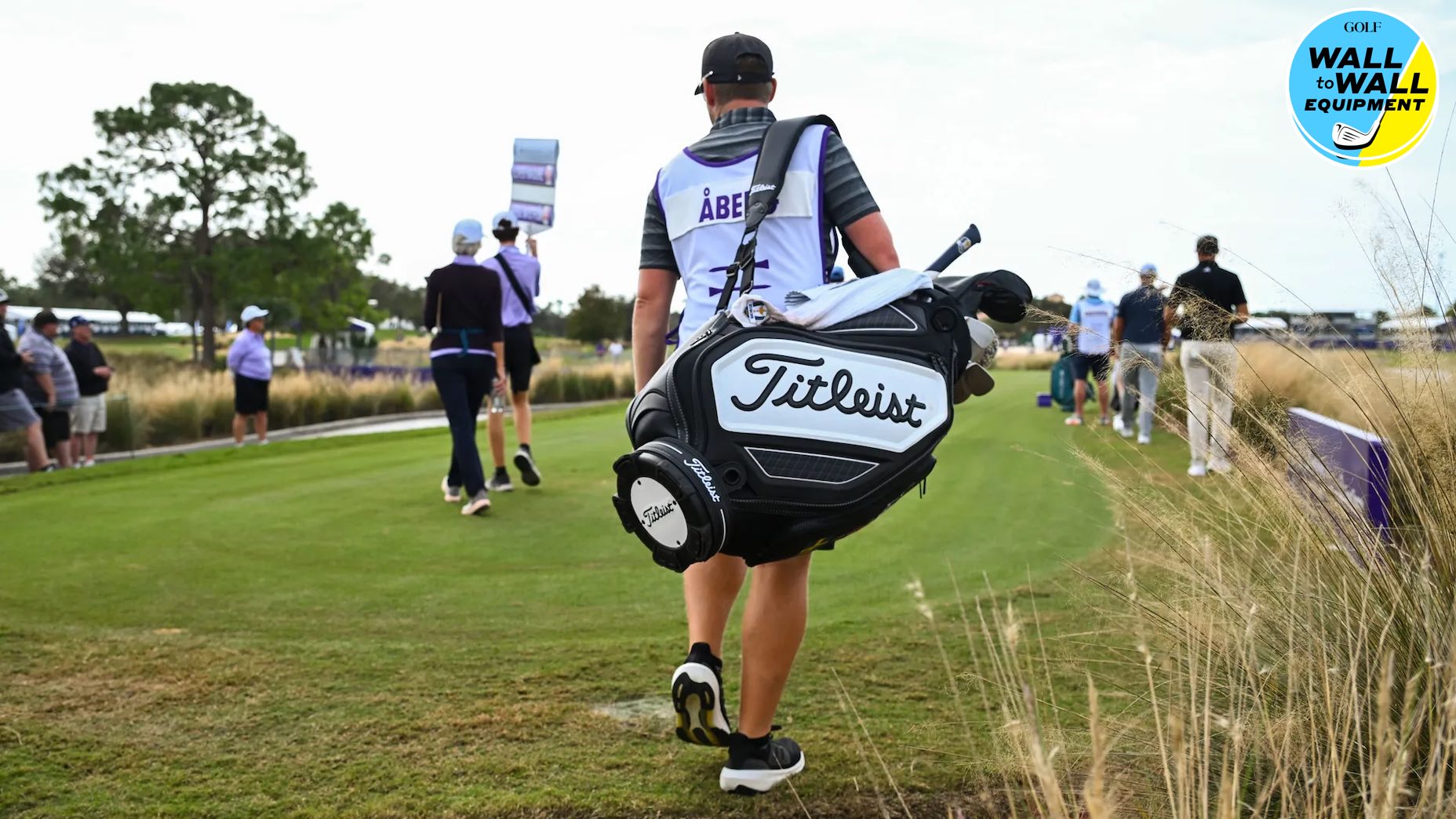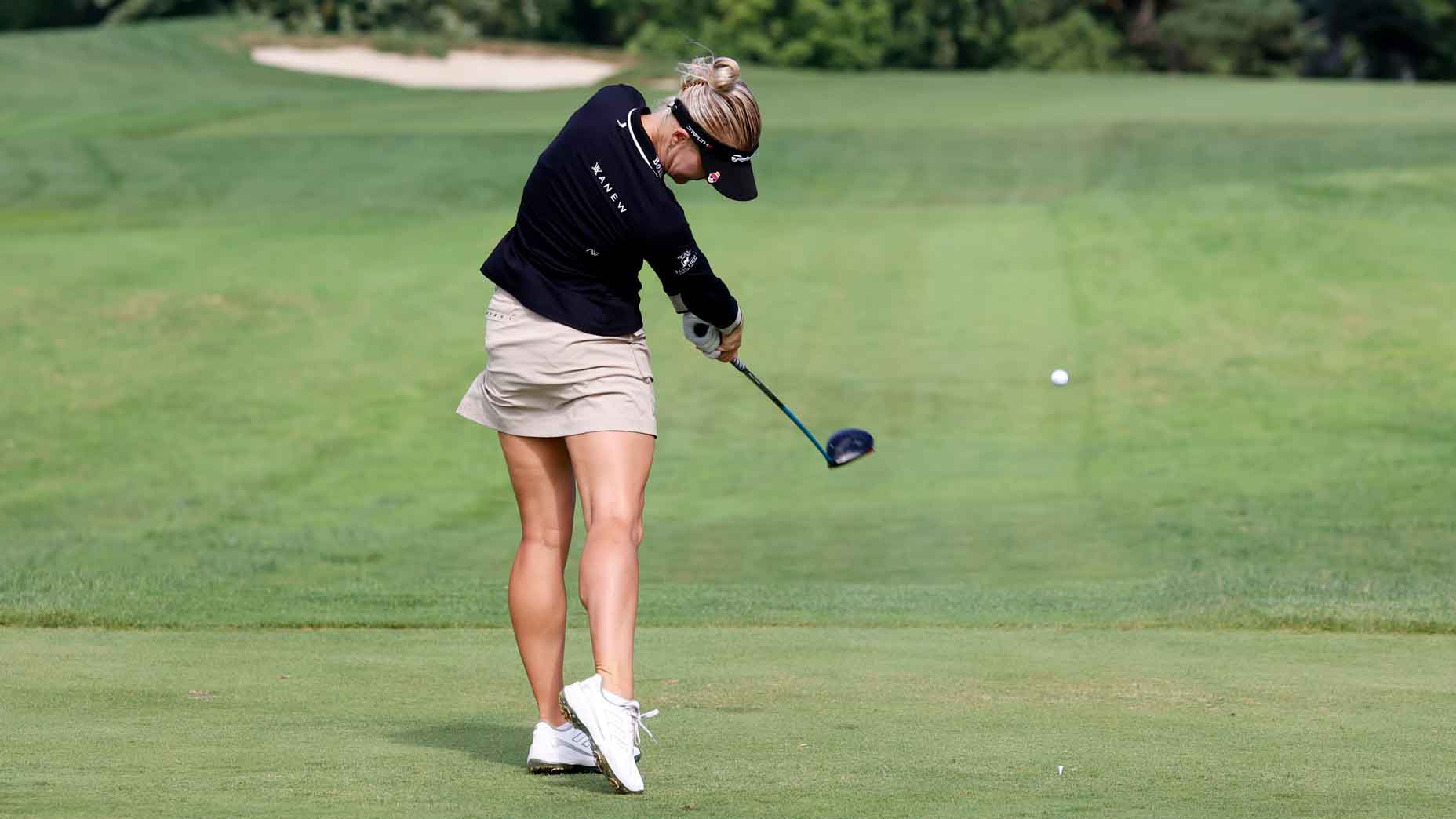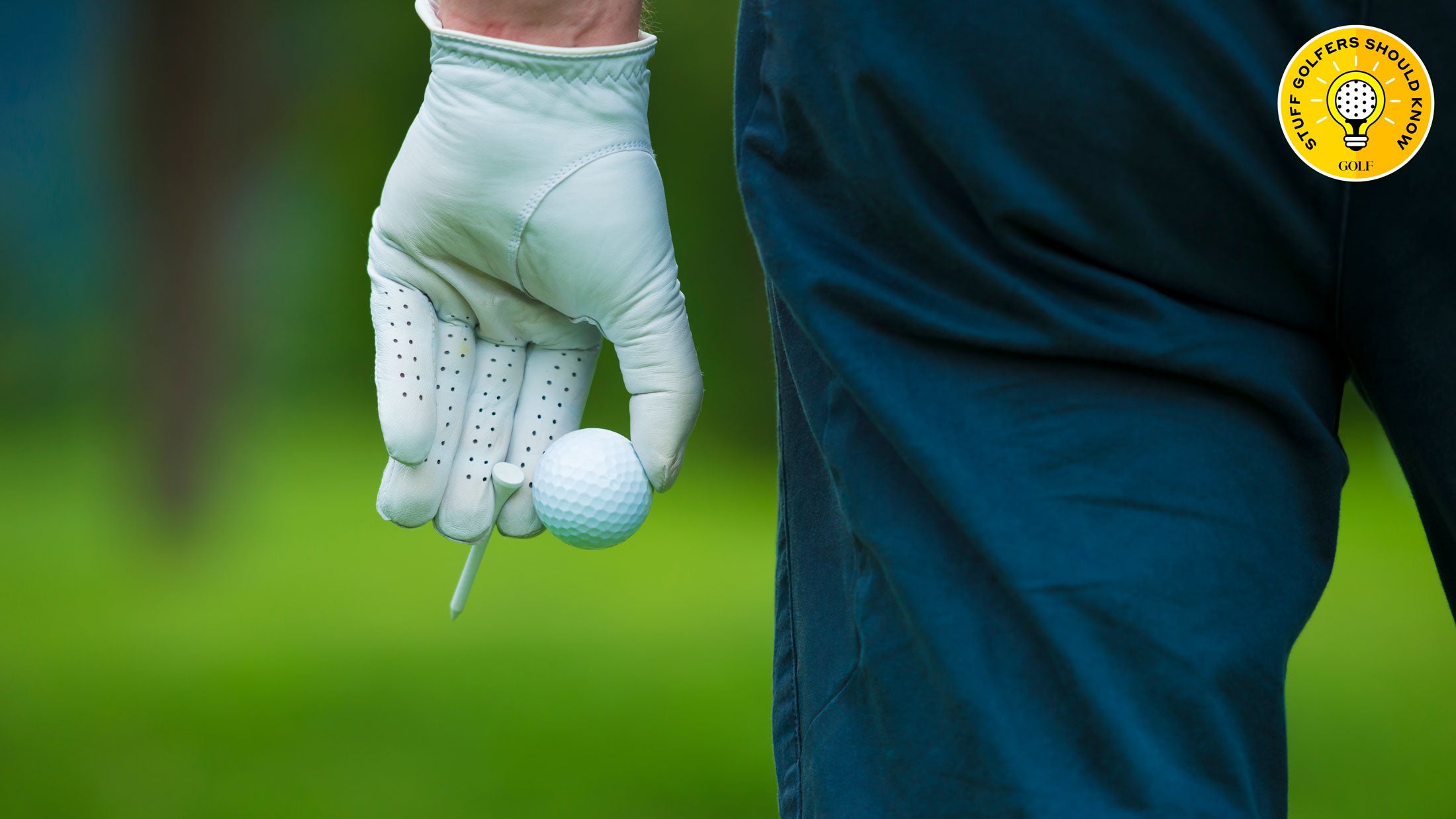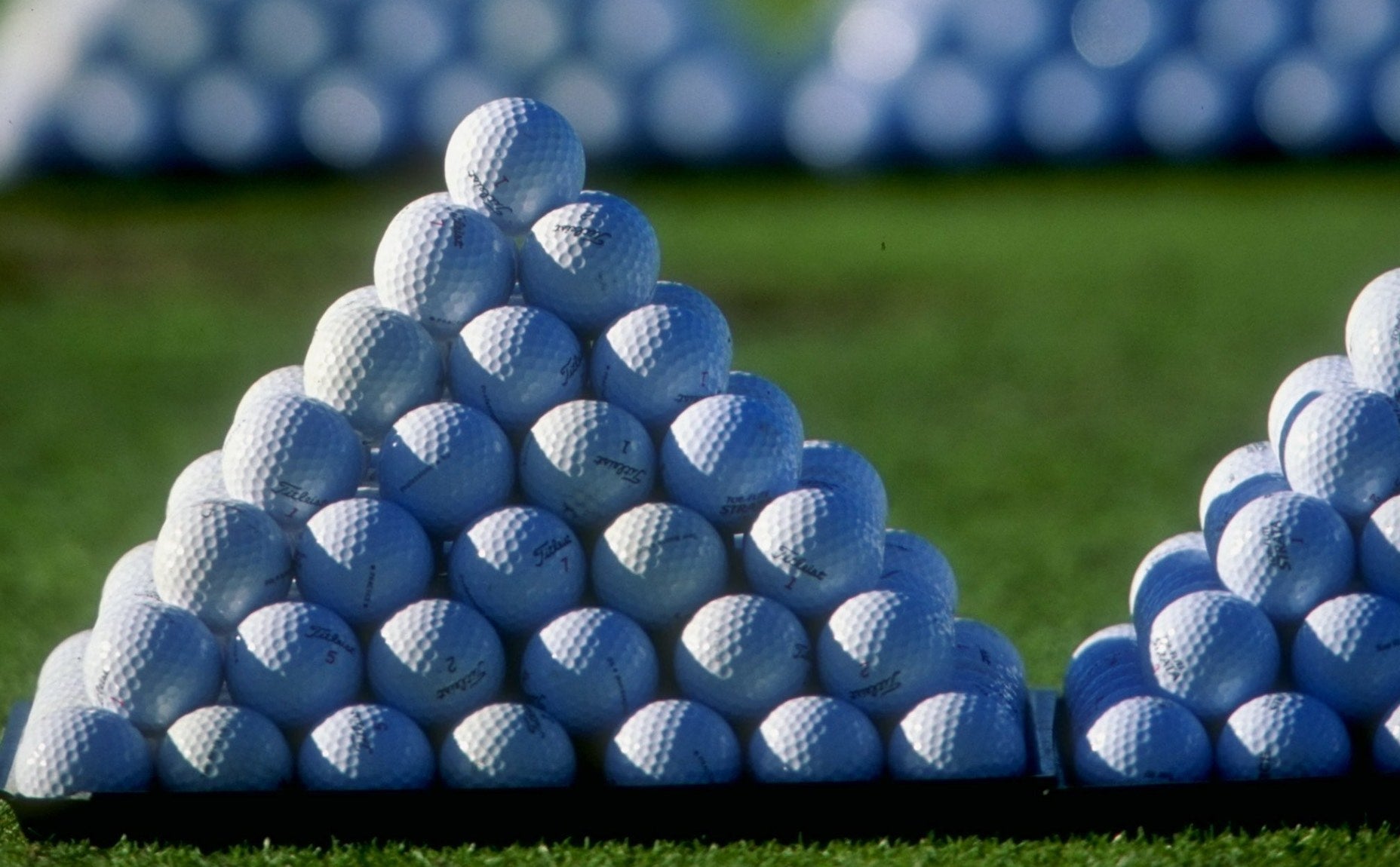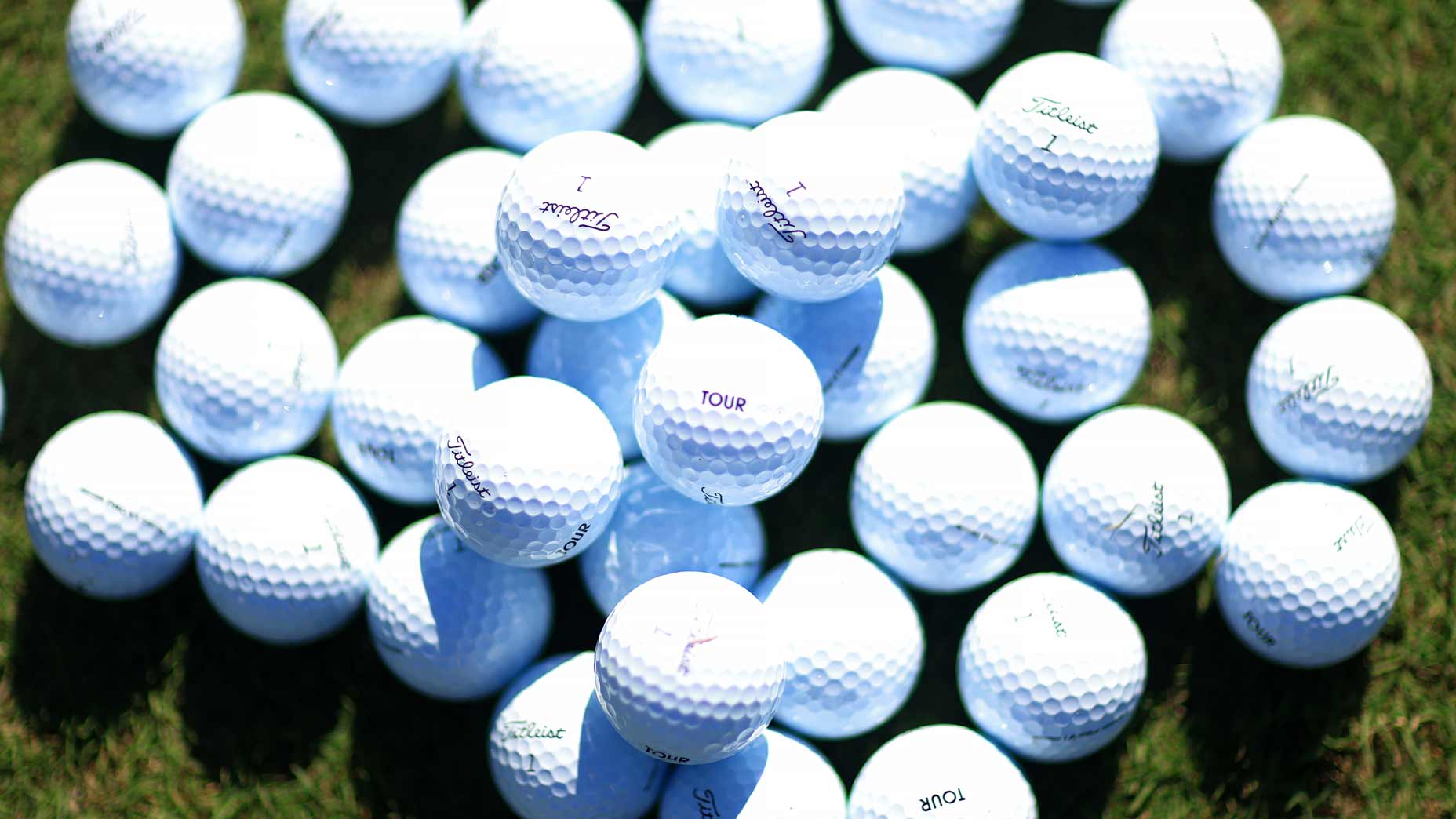Titleist weighs in on golf-ball rollback: ‘Overly impacts golfers’

Acushnet, the holding company of Titleist, said the USGA and R&A's rollback fails to reflect the input of those closest to the game.
Getty Images
The game’s leading golf-ball manufacturer has weighed in on the governing bodies’ golf-ball rollback, and Acushnet, the holding company of Titleist, has said it’s concerned the rollback “overly impacts golfers” and fails to reflect the input of those closest to the game.
The statement from Acushnet CEO David Maher was distributed on Wednesday night, hours after the USGA and R&A unveiled their proposal for new ball-testing conditions to take affect in 2028 for professionals and 2030 for recreational players.
“Many important stakeholders do not see distance as a problem the way the governing bodies do,” Maher said, “and therefore come to differing conclusions about how to proceed to ensure the best possible outcome for the sport.”
The governing bodies’ revised testing conditions calls for manufacturers to test new balls with 125 mph clubbed speed with a spin rate of 2200 RPMs and launch angle of 11 degrees. (Current conditions are 120 mph, 2520 RPMs and 10 degrees.) What that essentially means, according to the USGA and R&A’s findings, is that average pros and elite male golfers should expect to lose about 9-11 yards off the tee. For LPGA players, the loss will be about 5-7 yards, and for most male recreation players with mid-90s clubhead speed, 5 yards or less.
In a letter to PGA Tour players sent Wednesday, commissioner Jay Monahan said the Tour believes “the proposed increase in test clubhead speed to 125 mph is disproportional to the rate of increase we see when analyzing PGA Tour radar data.”
Acushnet echoed a similar sentiment.
“We note that the mean of the fastest 1% of measured clubhead speeds on the PGA Tour was flat from 2019-2021 and declined in 2022 and 2023,” Maher’s statement read. “The mean of the fastest 5%, 10%, 20% and 50% of measured clubhead speeds has been flat since 2017. We consider that the average course playing length on the 2023 PGA Tour is less than 7,200 yards, just as it has been every year since 2004. We also note that U.S. golf courses built during the period 2010-2020 averaged 6,652 yards — 274 yards shorter than those built between 1990-2010, which is at odds with the notion that equipment has forced courses to expand.”
Back in March, when the USGA and R&A announced their proposal for a local rule to give organizers of elite competitions the option to use a rolled-back ball, Titleist said the proposed rule would “divide golf” and create “confusion.”
This statement wasn’t as strongly worded as the one from March, but Titleist believes more could be done elsewhere, citing other areas of focus at the elite level like course setup, conditioning and other variables which would allow diverse skill sets to succeed.
“We believe that further collaboration and cooperation with the R&A, USGA and other stakeholders is critical prior to moving forward with such a significant equipment regulation change,” the statement said. “We continue to advocate for stakeholders to convene to have a meaningful examination of this decision and its consequences, and to discuss alternatives as we look to protect golfers’ enjoyment of the game and the health of golf courses around the world to ensure golf’s promising future.”



